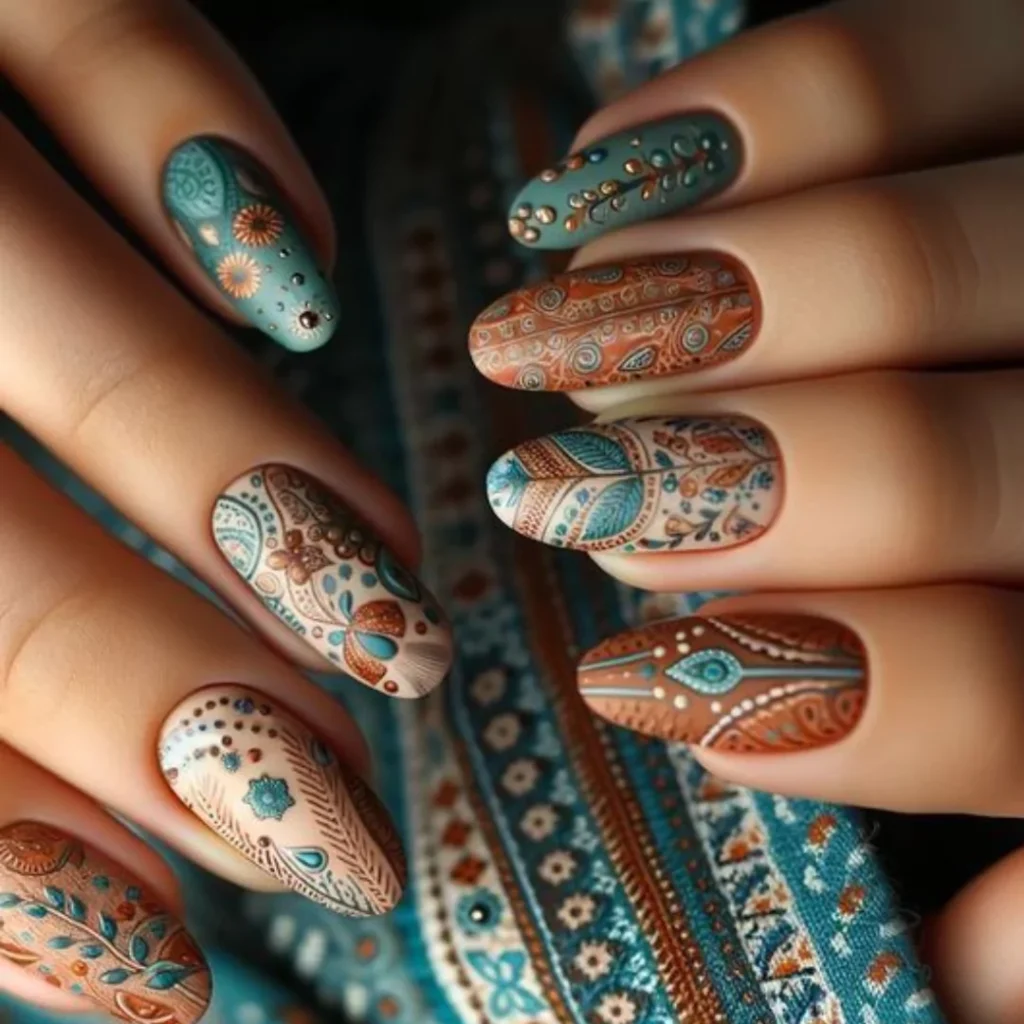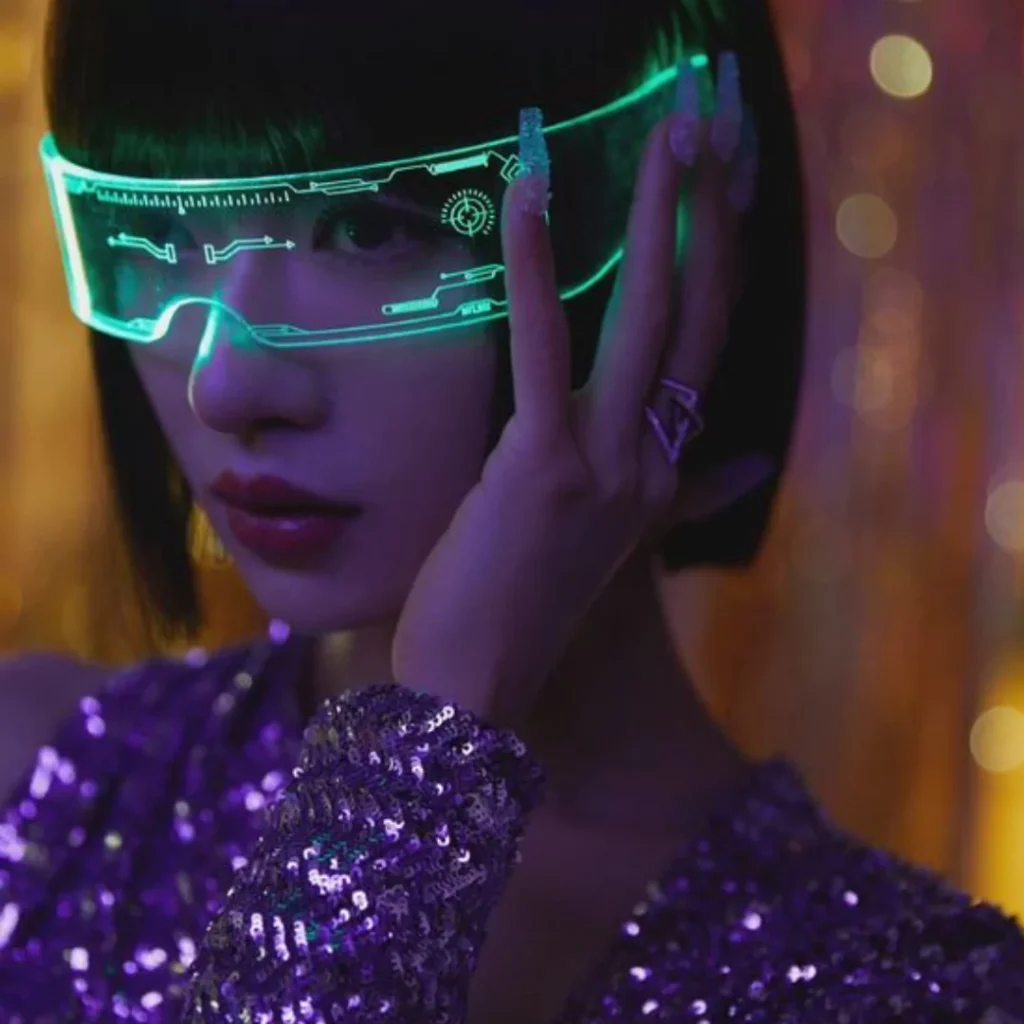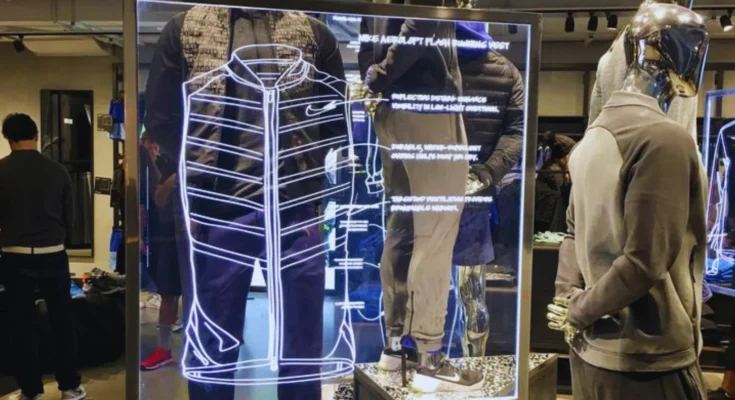Gone are the days when the fashion industry relied solely on traditional design methods, runways, and print media to showcase their latest collections. With the emergence of cutting-edge technologies, the style industry has undergone a significant transformation in recent years.
From artificial intelligence and augmented reality to 3D printing, technology has influenced every aspect of the fashion industry, from design and production to marketing and sales. Let’s explore how technology changes the fashion industry by revolutionizing fashion’s shopping and wearing process.
What is fashion technology?
Fashion technology refers to integrating into the fashion industry, including creative materials, digital tools, and software to create new trends. Style technology involves the application of new materials with processes in the creation, production, distribution, and dealing of fashion products. It includes computer-aided design (CAD) software, 3D printing, augmented reality, virtual reality, and artificial intelligence to design clothing products. It also wraps wearable technology, smart textiles, and fashion additions that integrate electronic sensors to enhance functionality and utility.
Overall, fashion technology seeks to merge style with cutting-edge technology to create new forms of garment products that are resourceful and sustainable to the needs of consumers.
Technology Is Transforming the Fashion Industry
The fashion industry has been a primary part of human culture for centuries. Fashion, style, and trends have always reflected societal values, ideas, and attitudes. The clothes tell a story about who we are, where we come from, and what we aspire to be. But in recent years, technology has disrupted the conventional ways of designing, producing, and consuming fashion.
Digitalization of Fashion
The Internet and social media have significantly impacted the fashion industry, devising new opportunities for brands and consumers. Social media platforms such as Instagram and Pinterest have become crucial marketing tools for fashion brands to showcase their latest exhibitions, collaborations, and campaigns. Consumers now have access to more apparel content than ever, allowing them to discover new labels, trends, and influencers.


Online shopping has also revolutionized the styling industry, with e-commerce sales expected to reach $2 trillion by 2025. Consumers can now purchase clothes, shoes, and additions without leaving their places. Brands have invested in developing user-friendly websites and apps that offer personalized recommendations, virtual try-on features, and easy checkout processes.
Sustainability in Fashion
Technology has paved the way for a more sustainable fashion industry, addressing one of the industry’s most significant challenges. Fashion enterprises are responsible for 10% of global carbon emissions and 20% of global water waste.


Fashion brands started investing in sustainable materials, exhibition methods, and supply chains. Technology has shifted innovations such as 3D printing, digital pattern-making, and upcycling. Brands use blockchain technology to follow their supply chains, ensuring ethical and sustainable practices at every stage.
Personalization and Customization
Technology has also enabled fashion brands to offer personalized and customized adventures to their customers. AI and machine learning algorithms analyze customer data such as purchase history and preferences for recommendations in styling. The Brand offers customized products, such as made-to-measure clothes and personalized accessories.
The Future of Fashion
The fashion industry is constantly thriving, and technology is at the forefront of this transformation. In the future, we can expect even more significant changes in the design, production, and consume fashion.
Augmented Reality and Virtual Reality
Augmented reality (AR) and virtual reality (VR) technologies have the potential to revolutionize the future of fashion, creating immersive and interactive experiences for consumers. AR and VR technology offers virtual try-on features, allowing customers to see how clothes look on them before making a purchase. We will see that brands with future technologies create unique and engaging stuff for their customers.


Wearable Technology
Wearable technology has already made its mark in the fashion industry, with fitness trackers and smartwatches becoming increasingly popular. In the future, we can expect more innovations in wearable technology, such as clothing that can monitor our health, adjust our body temperature, and even charge our devices.
Sustainable Innovations
As sustainability becomes a more significant concern for consumers, we can expect more innovations sustainably. Biodegradable fabrics, circular production methods, and closed-loop supply chains will become more prevalent, allowing the trends forecasting industry to reduce its environmental impact.
Factors Affecting the Fashion Industry with Examples
Here are some unique factors with examples:

Smart textiles: Advances in technology have led to textile industries having functional properties. For example, Nike’s Dri-Fit technology helps in wicking moisture from the skin during exercise.
Augmented Reality (AR): AR technology allows consumers to see how clothes would look on them without physically trying them on. For example, customers can try on shoes and accessories virtually using Gucci’s AR app.
Social media: Social media platforms like Instagram have become key channels for fashion brands to showcase their products. For example, Fashion Nova has built a massive following and has collaborated with celebrities to promote their products.
3D printing: Designers use 3D printing technology to create custom-made clothes quickly and at a lower cost. For example, Adidas has created a 3D-printed running shoe that fits the wearer’s foot.
Artificial Intelligence (AI): AI is enhancing the shopping experience for customers. For example, the fashion retailer H&M has implemented an AI-powered virtual stylist tool that recommends outfits to customers based on their preferences and purchase history.
These technological advancements are changing the fashion industry operations that will continue in the coming years.
3 Ways in Which Technology is Shaping the Future of Fashion
- The Internet of Things: IoT has the potential to revolutionize the fashion industry by enabling the creation of clothing that can monitor vital signs, track activity, and adjust to environmental conditions. IoT sensors can also track inventory and supply chain management, leading to more efficient operations. Additionally, IoT can help fashion designers create more personalized products and enhance sustainability by monitoring the environmental consequences of fashion products.
- Blockchain technology: Blockchain technology is a solution for improving transparency and traceability in the fashion industry. As brands use blockchain to track product production and supply chains, consumers understand where and how their clothes are manufactured.
- Social media and influencer marketing: Social media platforms are critical channels for fashion brands to reach consumers. Influencer marketing is becoming increasingly vital, with fashion brands collaborating with influencers to promote their products and reach wider audiences.
Conclusion
The fashion industry is undergoing a radical change fueled by technology, from digitization to sustainability and personalization. As we stand at the cusp of this transformation, we have to shape the future of fashion by embracing new technologies, helping sustainable and ethical brands, and holding the industry accountable.
Technology has opened up new avenues for expressing our individuality and promoting more inclusive fashion journalism. We must take a stand and demand fashion technology to reflect a better future for the planet and society. The future is promising, and we must seize this opportunity to lead the change toward a more innovative, sustainable, and reliable industry.




